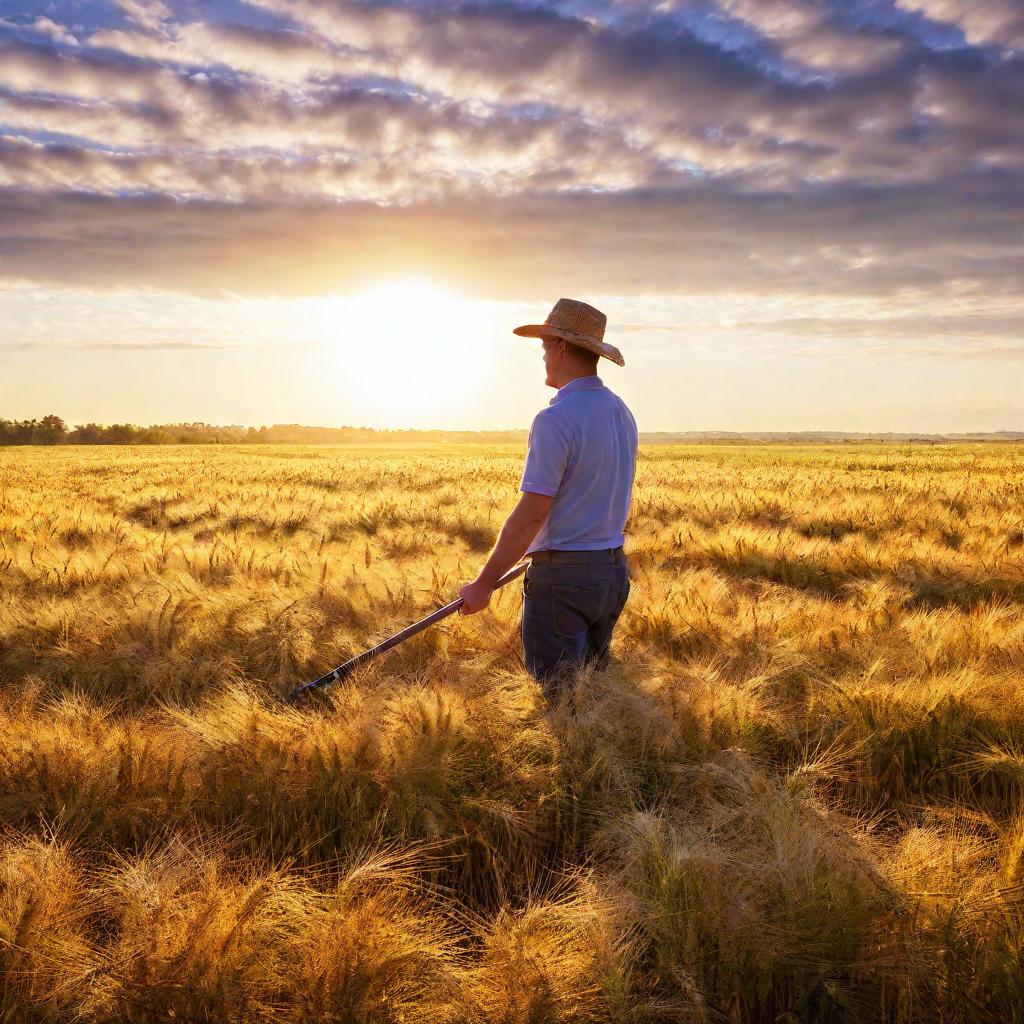
-
1/27/2025
As the world continues to face challenges such as climate change, population growth, and food security, the integration of Artificial Intelligence (AI) in agriculture is showing immense potential in reshaping the way we grow, manage, and distribute food. AI solutions are becoming indispensable tools for farmers, offering precision, efficiency, and insights that were previously unattainable.
One of the most significant applications of AI in agriculture is in precision farming. This involves the use of AI technologies to optimize field-level management concerning crop farming. By utilizing data from sensors, drones, and satellites, farmers can monitor the health of their crops in real-time. This data-driven approach allows for adjustments in irrigation, fertilization, and pest control, ensuring resources are used efficiently and sustainably.
For instance, AI-powered tools can analyze weather patterns, soil conditions, and crop health to provide actionable insights. This not only helps in reducing wastage of resources but also increases yield quality and quantity. Farms that have embraced AI technologies are already reporting significant improvements in operational efficiency.
Moreover, AI is transforming crop monitoring and management. Computer vision and machine learning algorithms can identify plant diseases and pests at early stages. This allows for timely interventions, reducing the reliance on harmful pesticides and lowering production costs. Additionally, AI can support the development of predictive models that anticipate harvest times and yield sizes, enabling better market planning and logistics.
Furthermore, AI's role in automation is paramount in addressing labor shortages, especially in regions where manual agricultural labor is declining. AI-driven machines and robots are increasingly being used for tasks such as planting, weeding, and harvesting. These autonomous systems not only ensure precision but also work efficiently under various environmental conditions.
Another exciting development is the use of AI in developing smart greenhouses. These controlled environments use AI to optimize conditions such as temperature, humidity, and light, enhancing crop growth while minimizing resource consumption. AI algorithms help in predicting plant needs, ensuring optimal growing conditions irrespective of external weather conditions.
The impact of AI in agriculture extends to the supply chain as well. AI technologies facilitate better demand forecasting and inventory management, ensuring that fresh produce reaches markets efficiently, minimizing waste. This oversight across the supply chain fosters sustainability and helps in meeting consumer demands promptly.
While the benefits of AI in agriculture are substantial, it’s crucial to address challenges such as the digital divide among farmers, data privacy issues, and the need for skilled personnel to manage these technologies. Ongoing collaborative efforts between technology developers, agricultural experts, and policymakers are essential to maximize AI’s potential while mitigating these challenges.
In conclusion, the adoption of AI in agriculture represents a transformative shift towards more intelligent, sustainable, and efficient farming practices. By turning to AI, we can not only meet today’s challenges but also anticipate and solve future agricultural demands, enhancing food security for the growing global population.
